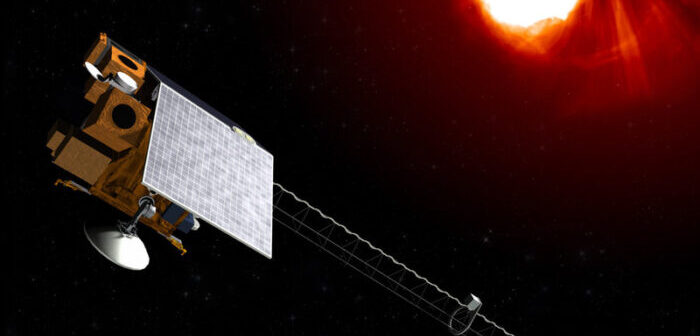US technology developer Ball Aerospace has completed the critical design review (CDR) for the National Oceanic and Atmospheric Administration’s (NOAA’s) Space Weather Follow On-Lagrange 1 (SWFO-L1) spacecraft.
Expected to launch in 2025, SWFO-L1 will collect solar wind data and coronal imagery to meet NOAA’s operational requirements to monitor and forecast impacts of solar storm activity.
Dr Makenzie Lystrup, vice president and general manager of civil space at Ball Aerospace, said, “The impacts of solar events such as coronal mass ejections can be significant, from knocking out communications satellites to disrupting the power grid. SWFO will be an important tool in NOAA’s mission to monitor space weather, provide timely and accurate warnings, and help minimize the impact of these events on our infrastructure and economy.”
Ball Aerospace was selected by NASA to design, build and integrate the small satellite for NOAA’s SWFO-L1 mission in partnership with the NASA Goddard Space Flight Center. Ball will also perform satellite-level testing, help train the flight operations team, check out the satellite in orbit and support mission operations. The SWFO-L1 mission builds on the success of Ball’s spacecraft buses designed for operational weather missions like NOAA-20 and Suomi NPP, as well as high-performing small-satellite missions like STPSats-2 and 3 and the Green Propellant Infusion Mission (GPIM).
Ball Aerospace is also building an operational environmental satellite for the US Space Force Space and Missile Systems Center, called the Weather System Follow-on – Microwave (WSF-M). WSF-M will host its own Energetic Charged Particle space weather sensor in addition to its primary instrument to measure ocean surface vector winds and tropical cyclone intensity.



